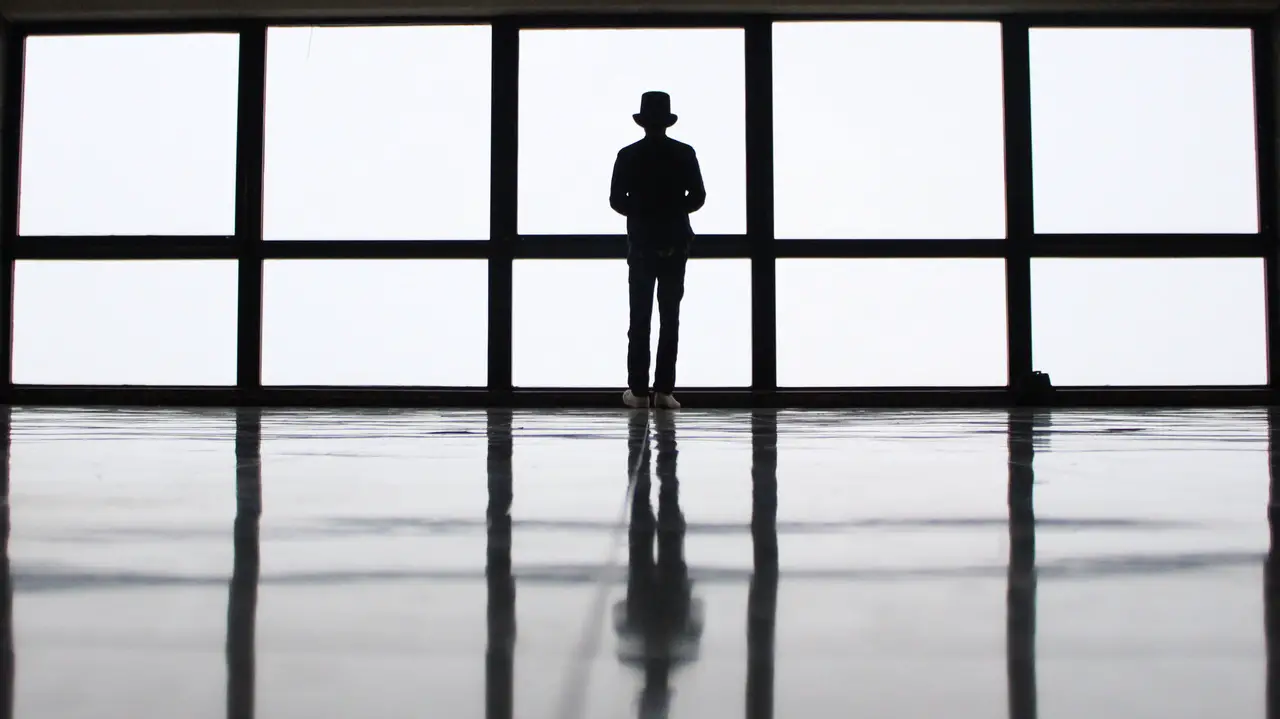By Mark Kamibaya
Note: I refer to characters and readers as masculine. However, these principles can also be applied to female characters and readers.
Creating a character is often the hardest part in writing. It should be. God created every human being with an intricate and complex personality or nature. Putting all of that complexity on a page is no easy task. Characters are also the main reason why readers will want to read your story. An amazing character can hook a reader even if the plot is cliched or even boring. It rarely works the other way around. A lot is riding on your main character. He can make or break your story. How can you ensure that your main character will hook your reader? One word: conflict.
Characters, especially main characters, must have conflict. There are many ways to add conflict to a character. The easiest way is conflict in surroundings. This is where you put an ordinary person into an extraordinary situation. Like a simple hobbit thrust into an unexpected journey or a young shepherd boy called by God to slay the giant champion of another nation.
Another almost cliched (but nonetheless effective) way is conflict of the past. The best example is the tortured hero: the protagonist that is tortured by his dark past and the personal demons that stem from it. As I said before, this method is overdone, but it can still be used to great effect when you put an original spin on it. One way to put an original spin on this cliche is to not have him be the instigator or victim of whatever horrible incident, but to make him a bystander of the incident so that his inaction is what plagues him.
The best way to add conflict to a character is by adding conflict to his nature. Conflict in nature is the seeming contradiction in a person’s personality. A dichotomous nature. Like the cold killer who has a heart. The furtive liar who only wants the truth. The independent teen that is insecure. The corrupt drug lord who is deeply religious. The arrogant billionaire who cares about others. Conflict in nature depends, in most cases, on a stereotype. It is when you flip the stereotype that the beautiful contradiction comes into play.
However, when you try to add a dichotomous nature to your characters there are some things you need to watch out for.
First, be consistent.
If you add a new dichotomous personality to the same character every chapter, the reader will wonder who the character actually is and, thus, distance himself from your character.
Second, show why your characters are dichotomous.
In order for the contradiction to be believable you must give proper motivation (which may or may not be shown through a conflict of the past) and/or shift the focus of the contradiction into two separate spheres of his world (an example is a teen who is independent from parents, but insecure among friends or a killer who kills the “bad guys” in order to protect his family).
Third, show that evil is evil.
As Christians it is easy to understand why we need to include this. Morally grey values need to be shown or changed by the end of the story as either black or white—which leads us to our next thing to watch out for.
Fourth, be sure to set your main character on the path to redemption.
If your character’s dichotomy is flawed (most are) you must put him on the path to change. This may very well be the story you tell the readers. A person begins the story evil, putting on this dichotomous nature of half good and half bad, and then by the end of the story becomes good. The only time it is okay to leave somebody flawed is probably when it’s a villain.
Combining and injecting different forms of conflict into your character will layer him with intriguing complexity. The reader will form a curious bond with the character like no other. He will be willing to follow your character into any situation. It is then that you deliver to the reader the story.
Mark Kamibaya is a sixteen-year-old missionary kid from the Philippines. And a self-proclaimed weirdo. He has been in private school and taken some college classes, but has been homeschooled for most of his life. He has always had a great love for stories and started writing at the age of twelve. He mainly writes realistic science fiction and can’t hold all the concepts spilling out of his brain. Mark hopes to one day become either an author or a counselor. Preferably both. Besides, writing he enjoys soundtracks, exercising, movies, and systematic theology. That’s in reverse order.
For feedback he can be contacted at mark.kamibaya@gmail.com


